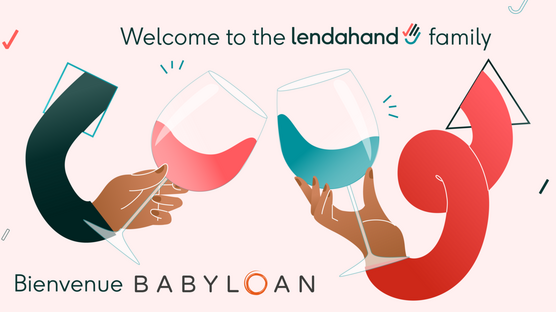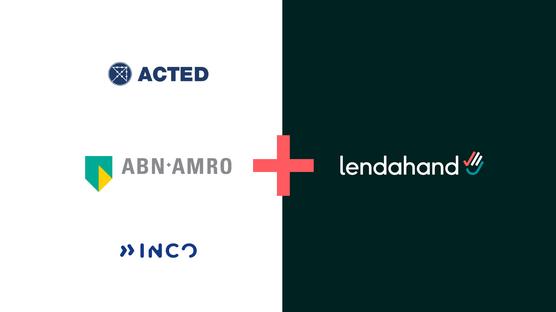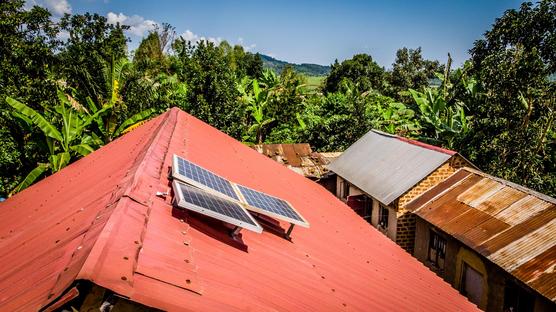
On the Road with Creze in Mexico City
Entrepreneurs Dinora and Eduardo are both clients from Creze, a financial institution in Mexico. We recently had the chance to meet them and learn how Creze has helped them grow their business.
Written by Lynn Hamerlinck on 25 August 2022
The new license has arrived! Lendahand is the first Dutch crowdfunding platform to receive the new European Crowdfunding Service Provider license from the Dutch Authority for Financial Markets (AFM).
Entrepreneurs Dinora and Eduardo are both clients from Creze, a financial institution in Mexico. We recently had the chance to meet them and learn how Creze has helped them grow their business.
Last year, Lendahand received a grant to help finance more women-owned SMEs. How are we doing so far?
The newest addition on Lendahand is Café Perú, a corporation that helps rural smallholder coffee farmers in Peru grow and better their working and living conditions.
Getting a business loan can be a long and complex process for SME entrepreneurs. Validus, the newest company raising funds on Lendahand, changes that narrative with their digital lending platform.
In Buddhism there are no Ten Commandments. No simple list of dos and don’ts that ensure you are “right”. Instead, you’re encouraged to examine the morality of each decision itself, based on its own context and consequences...
Today we are pleased to announce that we have acquired the French social impact microcredit crowdfunding platform Babyloan.
Lendahand is pleased to announce the ABN AMRO Sustainable Impact Fund (AA SIF) is acquiring a stake in our crowdfunding platform.
How much CO2 emissions does a solar home system avoid? Does it depend on the light bulb you use? How can the reporting on this improve? Today, Max Steenbrink shares the findings from his research with us.
Mongolia is back on the Lendahand map, with InvesCore joining our platform. It’s been a while since Lendahand offered investment opportunities to support SME entrepreneurs in the country.
The newest addition to Lendahand is microfinance institution FACES, an NGO set up in 1991 to support small entrepreneurs with microloans. The non-profit MFI mainly serves women, making up 54% of their client base, and operates for 57% of their portfolio in rural areas.
Enter your email below to receive an email every time we publish a new blog post.










